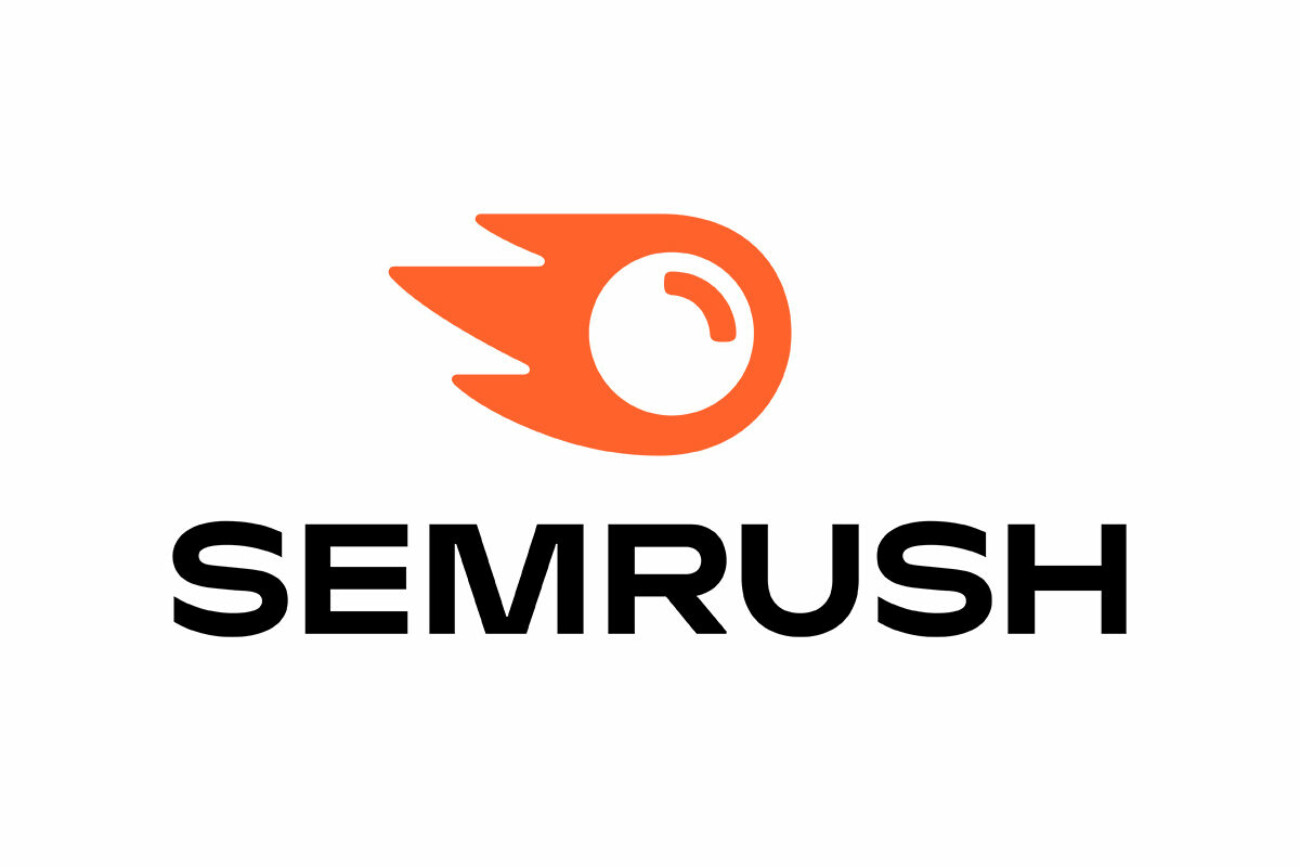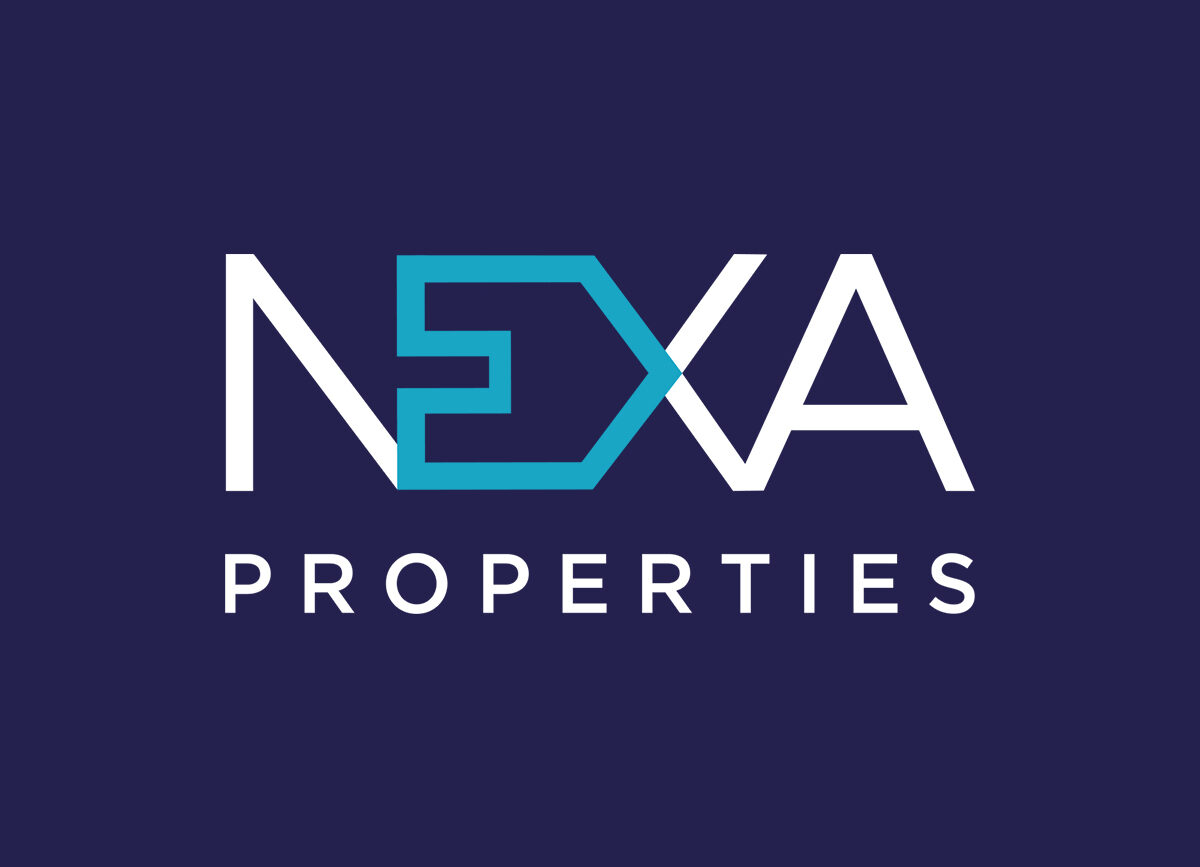SEO Campaign For UK Estate Agency
Project Description:
Embark on a journey of digital transformation with NEXA Properties, a leading estate agency in England, UK. Explore our proven process for setting up and executing a successful SEO campaign, resulting in increased visibility, traffic and more qualified leads and sales.
Services Rendered:
- Web Design & Development
- API Integration
- Search Engine Optimization
- Website Management & Maintenance
- Server Management & Maintenance
The overview
Objectives of the Project
Before delving into the case study, it is important to understand the landscape of the estate agency sector in the UK. The industry is highly competitive, with numerous agencies vying for the attention of property buyers and sellers. This makes it crucial for estate agencies to employ effective SEO strategies to stand out from the crowd and capture their target audience’s attention.
A well-executed SEO campaign can yield numerous benefits for estate agencies. Firstly, it helps increase organic visibility, driving more targeted traffic to their website. This means that potential customers who are actively looking to buy or sell properties are more likely to find and engage with the agency’s website. Additionally, a strong SEO strategy can enhance brand credibility and trust, as high search engine rankings are often associated with quality and reliability. Lastly, a successful SEO campaign can lead to higher conversion rates, with increased visibility and traffic translating into more qualified leads and sales.
What to expect from this showcase
I will guide you through the process we followed at NEXA Properties (An estate agency in England, UK) to set up and run a successful SEO campaign that led to higher conversion rates, with increased visibility and traffic translating into more qualified leads and sales.
Building the concept

Research and Analysis: Laying the Foundation
Before implementing any SEO strategies, we carried out thorough research and analysis. This involved identifying target keywords and keyphrases, conducting competitor analysis, and analyzing the NEXA website structure and user experience.
Identifying Target Keywords and Keyphrases
1. Conducting Thorough Keyword Research
Thorough keyword research involved using tools such as Google Keyword Planner and SEMrush to discover relevant keywords and keyphrases that potential clients may use when searching for estate agencies in the UK. This research helped in understanding the search volume and competition associated with each keyword.
2. Analyzing Search Volume and Competition
Analyzing the search volume and competition associated with each keyword was crucial for selecting the most strategic and high-potential keywords. This allowed us to focus our efforts on keywords that had a high search volume but relatively lower competition, increasing our chances of ranking highly in SERPs.
3. Selecting the Most Relevant and High-potential Keywords
Based on the search volume, competition, and relevance to NEXA’s target audience, a well-rounded selection of keywords and keyphrases was made. These keywords served as the backbone of the SEO campaign, guiding the content creation and optimization strategies.
Competitor Analysis and Benchmarking
1. Examining Competitors’ SEO Strategies
Analyzing competitors’ SEO strategies provided valuable insights into the tactics and techniques that worked within the industry. This analysis included evaluating our on-page optimization, backlink profiles, content quality, and overall website structure.
2. Evaluating Their Ranking and Organic Traffic
By evaluating competitors’ rankings and organic traffic, we were able to determine NEXA’s current position in the market and identify areas where we can outperform the competition. This analysis helped set realistic goals and expectations for the SEO campaign.
3. Establishing Goals Based on Comparative Analysis
Based on the insights gained from competitor analysis, we established goals for the SEO campaign. These goals were specific, measurable, attainable, relevant, and time-bound (SMART), providing a clear direction for the campaign’s success.
Analyzing Website Structure and User Experience
1. Assessing Website Architecture and Navigation
NEXA’s website structure and navigation played a crucial role in both user experience and search engine rankings. Analyzing the website architecture involved ensuring proper categorization of pages, logical linking between relevant pages, and easy-to-use navigation menus for seamless user experience.
2. Optimizing Page Load Speed and Mobile Responsiveness
Page load speed and mobile responsiveness were critical factors that significantly impacted user experience and SEO rankings. Conducting an analysis of the website’s load speed and mobile responsiveness helped identify areas for improvement, such as reducing file sizes, leveraging caching techniques, and implementing responsive design elements.
3. Improving User Experience for Increased Conversions
User experience is a key driver of conversions, and a poor user experience can lead to high bounce rates and low engagement. By analyzing user behavior on the website through tools like Google Analytics, we were able to identify pain points and optimize the NEXA website to provide a seamless and engaging experience for visitors.
On-page Optimization: Tailoring Content for Success

Once the foundation was laid, on-page optimization came into play. This involved crafting optimized title tags and meta descriptions, keyword-driven content creation and optimization, and optimizing images and multimedia elements.
Crafting Engaging and Optimized Title Tags and Meta Descriptions
1. Guidelines for Writing Effective Title Tags
Title tags were crucial for both search engine algorithms and user engagement. We made sure that they accurately and succinctly describe the content of the page while incorporating target keywords. The ideal length for a title tag was to be between 50-60 characters to ensure full visibility in search engine results.
2. Creating Compelling Meta Descriptions
Meta descriptions are concise summaries that appear below the title tag in search engine results. We ensured that they provided a clear and compelling description of the page’s content, enticing users to click through to the website. Meta descriptions were to be around 150-160 characters in length.
3. Optimizing Length and Relevance for Improved CTR
We ensured that both title tags and meta descriptions were optimized for length and relevance. By adhering to character limits and ensuring that the content accurately reflects the page’s content, we were able to improve click-through rates (CTR) and increase organic traffic.
Keyword-driven Content Creation and Optimization
1. Generating Valuable and Relevant Content
We created valuable and relevant content which was essential for engaging potential clients and driving organic traffic. This involved understanding the needs and pain points of the target audience and creating content that provided solutions, insights, and valuable information.
2. Incorporating Keywords Naturally and Strategically
We strategically incorporated keywords into the content in a natural and seamless manner. Keyword stuffing or over-optimization can have a negative impact on user experience and search engine rankings. Instead, we used keywords in headings, subheadings, and naturally throughout the content to enhance its relevance and visibility.
3. Using Multimedia and Formatting to Enhance User Experience
We used multimedia elements such as images, videos, and infographics to greatly enhance user experience and engagement. These visual elements were optimized for SEO by using descriptive file names, ALT tags, and captions. Additionally, we formatted content with headings, bullet points, and subheadings to improve readability and user engagement.
Optimizing Images and Multimedia Elements
1. Image Compression for Improved Page Load Speed
Images play a crucial role in engaging users, but they can slow down page load speed if not optimized properly. To solve this, we compressed images without compromising quality to help improve website performance and user experience. Tools like Adobe Photoshop and other online image compressors were used for this purpose.
2. Image Alt Tags and Descriptions for SEO Benefits
Alt tags and descriptions provide search engines with information about the content of images. We included relevant keywords in alt tags and descriptions to help improve visibility in image search results and provide additional context for search engine algorithms.
3. Leveraging Videos and Infographics for Enhanced Engagement
Videos and infographics are highly engaging forms of content that can help convey complex information in a visually appealing manner. We incorporated videos and infographics into the NEXA website and optimized them with relevant titles, descriptions, and tags, to enhance user engagement and improve SEO performance.
Off-page Strategies: Boosting Authority and Relevance

Off-page strategies were crucial for boosting the authority and relevance of the NEXA website. This involved building high-quality backlinks, leveraging social media platforms, and monitoring and managing online reputation.
Building High-quality Backlinks
1. Strategies for Acquiring Relevant and Trusted Backlinks
High-quality backlinks from reputable websites are a strong signal of domain authority and relevance. At NEXA, we acquire backlinks through strategies such as guest posting on relevant industry blogs, participating in expert roundups, and collaborating with influencers in the real estate industry.
2. Leveraging Guest Posting and Influencer Outreach
Guest posting on high-authority websites allowed us to demonstrate NEXA’s expertise and gain exposure to new audiences. Influencer outreach involved partnering with influential figures in the real estate industry to share valuable content and increase brand visibility.
3. Diversifying Anchor Texts and Link Profiles
Diversifying anchor texts and link profiles was essential for maintaining a natural and organic backlink profile. Avoiding exact match anchor texts and incorporating variations of keywords helped avoid over-optimization and ensured a diverse link profile, increasing the credibility and authority of NEXA’s website.
Leveraging Social Media for SEO Success
1. Utilizing Social Platforms for Content Promotion
Social media platforms provided a valuable opportunity for us to promote NEXA’s content and engage with the target audience. By sharing informative and engaging content, we can drove traffic to the website and increased brand awareness.
2. Engaging with the Online Community and Building Brand Awareness
Engaging with the online community through social media platforms helped build brand awareness and establish NEXA as an industry authority. By actively participating in relevant discussions, providing valuable insights, and addressing customer queries, NEXA developed a loyal following and drove organic traffic to the website.
3. Harnessing Social Signals for Enhanced Search Visibility
Social signals, such as likes, shares, and comments, are indirect ranking factors that can influence search engine rankings. By creating shareable and engaging content, we boosted social signals, which in turn contributed to improved search visibility and organic traffic.
Monitoring and Managing Online Reputation
1. Proactive Reputation Management Techniques
Managing online reputation required proactive strategies to ensure a positive online presence. This involved monitoring online reviews, responding promptly and professionally to customer feedback, and actively addressing any negative comments or complaints.
2. Responding Effectively to Reviews and Feedback
Reviews and feedback can greatly influence the perception of an estate agency. We therefore responded to both positive and negative reviews in a timely and professional manner thus showing a commitment to customer satisfaction which helped build trust with potential clients.
3. Establishing Trustworthy Online Presence
Through consistent and positive engagement with NEXA’s audience, we established a trustworthy online presence. This included maintaining an active social media presence, regularly publishing informative and valuable content, and showcasing success stories and testimonials.
Impressive result

Measuring Success: Tracking and Analyzing Key Metrics
Tracking and analyzing key metrics is essential for evaluating the success and effectiveness of an SEO campaign. This involved setting up tracking tools and analytics, interpreting and analyzing SEO performance data, and making informed adjustments for ongoing success.
Setting Up Tracking Tools and Analytics
1. Implementing Google Analytics and Search Console
Google Analytics and Google Search Console were invaluable tools for tracking and analyzing website performance. Implementing these tools enabled us to monitor data such as organic traffic, keyword rankings, and conversions.
2. Tracking Organic Traffic, Rankings, and Conversions
To measure the impact of an SEO campaign, we tracked organic traffic, keyword rankings, and conversions. Analyzing these metrics allowed us to identify trends, make data-driven decisions, and optimize our strategies for better results.
3. Utilizing Heatmaps and User Behavior Analysis Tools
Heatmaps and user behavior analysis tools provided insights into how visitors interacted with the NEXA website. By identifying areas of high engagement and potential points of friction, we were able to optimize the website’s design and user experience, ultimately increasing conversions.
Interpreting and Analyzing SEO Performance Data
1. Evaluating Keyword Rankings and SERP Visibility
Regularly monitoring keyword rankings and SERP visibility provided insight into the effectiveness of the SEO campaign. We were able to evaluate the progress of our targeted keywords and optimize our strategies accordingly.
2. Monitoring Organic Traffic Growth and Bounce Rates
Tracking organic traffic growth and analyzing bounce rates helped gauge the quality and relevance of the incoming traffic. A steady increase in organic traffic and a low bounce rate indicated that the SEO campaign was driving qualified traffic to the website.
3. Analyzing Conversion Rates and ROI
Analyzing conversion rates and return on investment (ROI) allowed us to understand the effectiveness of our SEO campaign in generating leads and sales. Tracking these metrics helped with conversion rate optimization (CRO) strategies and ensured a positive ROI.
Making Informed Adjustments for Ongoing Success
1. Identifying Areas of Improvement and Optimization
Regularly reviewing the SEO performance data helped us identify areas that needed improvement and optimization. This included refining targeting keywords, updating content to reflect changes in the industry, or enhancing website design for better user experience.
2. Iterative Testing and Implementing Data-driven Strategies
The SEO campaign was an ongoing process of iterative testing and implementing data-driven strategies. By testing different approaches, measuring their impact, and making informed adjustments, we were able to continuously improve our SEO efforts and stay ahead of the competition.
3. Adapting to Algorithm Updates and Industry Changes
Search engine algorithms and industry trends are constantly evolving. To ensure long-term SEO success, we stayed informed about algorithm updates and adapted our strategies accordingly. This involved optimizing for voice search, prioritizing mobile optimization, or leveraging emerging trends in the real estate industry.
SEO Campaign Success Report: NEXA Properties (2022 – 2024)
Overview:
Our SEO campaign for NEXA Properties aimed to enhance online visibility, drive organic traffic, and improve search engine rankings over a two-year period from January 2022 to January 2024.
Key Metrics and Performance Indexes:
1. Organic Traffic Growth:
– January 2022: 2,000 monthly organic visitors
– January 2024: 10,000 monthly organic visitors
– Improvement: 400% increase in organic traffic
2. Keyword Rankings:
– Targeted keywords ranked in the top 3 positions:
– January 2022: 10 keywords
– January 2024: 50 keywords
– Improvement: 400% increase in top-ranked keywords
3. Domain Authority (DA):
– January 2022: DA 25
– January 2024: DA 40
– Improvement: Increase of 15 points in DA
4. Backlink Profile:
– January 2022: 200 backlinks from reputable sources
– January 2024: 800 backlinks from authoritative websites
– Improvement: 300% growth in backlink acquisition
5. Lead Generation:
– January 2022: 50 leads per month from organic search
– January 2024: 300 leads per month from organic search
– Improvement: 500% increase in organic lead generation
Conclusion:
The SEO campaign for NEXA Properties has delivered exceptional results, significantly increasing organic traffic, keyword rankings, and lead generation over the two-year period. By implementing a holistic SEO strategy focused on content, technical optimization, and link building, we’ve successfully positioned NEXA Properties as a leading authority in the UK property market.



